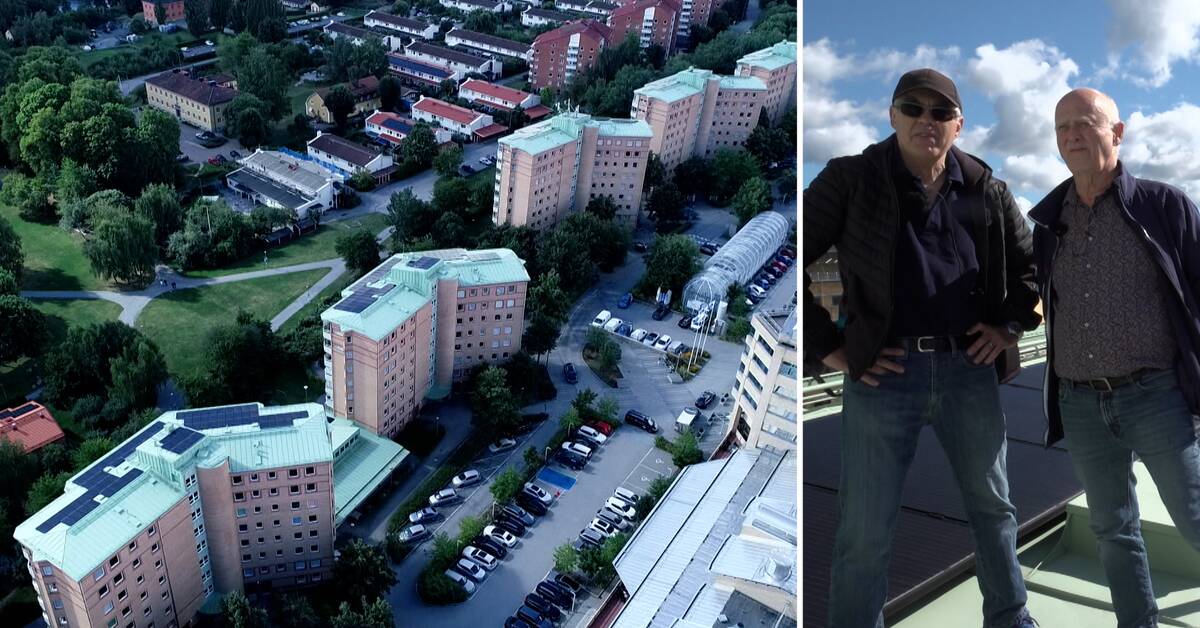While many electricity consumers are cringing under high electricity bills, there are others who are happy about the record prices.
Small producers of solar electricity sell their surplus electricity on sunny days to the electricity market at prices that today are many times higher than when the plant was built.
This means that repayment goes much faster.
The solar cell supplier Svea solar has done a calculation for SVT Nyheter on a normal residential installation and compared the prices at the end of August with the prices a year earlier.
It shows that the repayment period has fallen from approximately 7.5 years to 2.5 years.
This assumes that the high prices remain.
- The fact that electricity prices are higher naturally means that you as a customer earn more from installing solar panels.
The payback time has thus been reduced by two-thirds if we expect electricity prices to stay at this high level that we are currently seeing, says Erik Martinson, CEO of Svea Solar.
Better calculation in the association
Brf Bladet in Solna installed solar cells in 2019 at a cost of just over 1.5 million.
Now the association produces electricity for over 100,000 kroner a month.
- Compared to how it was a few years ago, it's a better business, you couldn't imagine that.
It was lucky that we installed the solar cells here, says chairman Anders Magnusson.
Cut in the summer cottage
Anders Magnusson has also installed solar cells on his holiday homes.
The panels produce more electricity than they dispose of themselves, and they sell a large surplus.
- You get invoices for zero kroner, and then there are thousands of Swedish kroner that are piled up that I can use this winter.
It's a very good business at the moment, he says.
Long wait
There are now just under 100,000 solar cell installations in Sweden and it is growing fast.
But the great demand has meant that it is between 6-12 months delivery time according to Svea Solar.
- There is a long waiting time all over the world, even in Sweden.
If you order now, you can have a plant that produces this spring, i.e. when the next season starts, says Anna Werner, CEO of Swedish solar energy.

